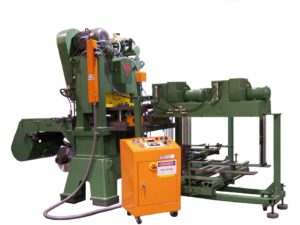
Fins play a crucial role in enhancing heat transfer in heat exchangers. These fins are attached to the surface of heat exchangers to increase the surface area available for heat transfer. Fins come in two types of configurations that are commonly used to enhance heat transfers: Flat Fins and Plate Fins. Although these fins have the same functionality, they are different from each other.
Purpose of Fins
Before going into the differences, we need to go over how fins contribute to heat exchanger performance. Fin attachments increase heat transfer through multiple variables. First, these attachments increase the surface area available for heat transfer between the fluid flowing inside the tubes or channels of the heat exchanger. By extending the surface area, fins allow for more efficient heat transfer.
Fins also enhance transfer rates with increased surface area and improved heat conduction facilitated by fins. This can lead to a higher rate of heat transfer between the primary and secondary fluids. They also contribute to temperature control by distributing heat across the exchanger’s surface. Fins are designed to optimize temperature uniformity, ensuring there are no hot or cold spots. So, you might be wondering how flat fins and plate fins perform these functionalities but are also different from each other.
Flat Fin
Flat fins are defined by their thin, elongated structures. They are attached perpendicular to the surface of the heat exchanger. These fins have a rectangular or trapezoidal cross-section and are evenly spaced across the surface. While flat fins generally have less surface area because they are thinner, they are perfect for moderate heat transfer enhancement. In addition, they are excellent for circumstances that have weight and space restrictions.
The most common application of these fins are within compact heat exchangers. These compact heat exchangers are used in industries like:
- Automotive
- HVAC Systems
- Power Generation
- Aerospace
Plate Fin
Plate fins have a thicker structure, providing a larger surface for heat transfer than flat fins. These fins are more similar to sheets and can come in a variety of shapes including triangular, rectangular, or trapezoidal, and are usually spaced closely together. Plate fins provide higher heat transfer performance compared to flat fins due to their larger surface area. They are stronger and more durable compared to other fin types. Plate fins can be found in industrial-grade heat exchangers that are found in refrigeration and air conditioning.
If you need machines to construct plate fins or flat fins, then you should contact Tridan International.

